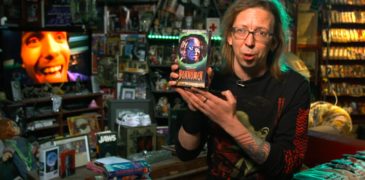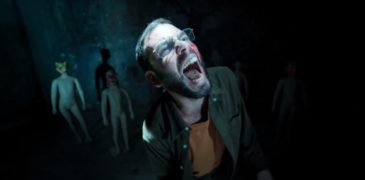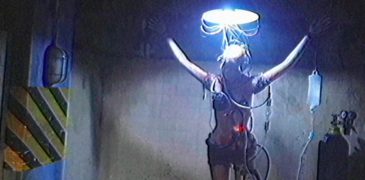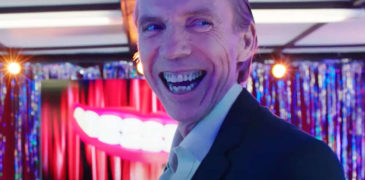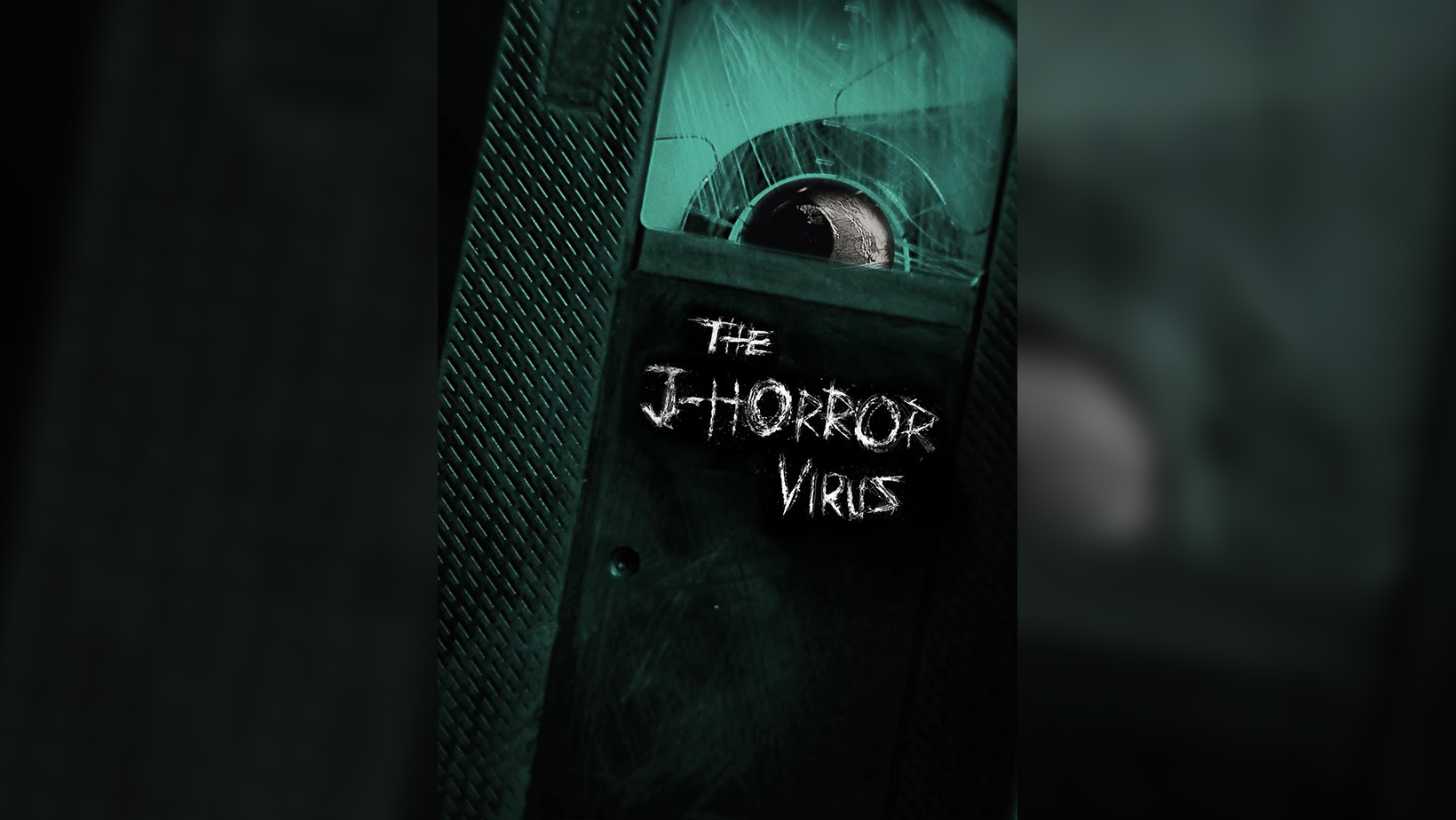

If you ask a Western horror fan, they can probably tell you exactly when they first heard about Hideo Nakata’s cult classic Ringu (1998). Whether it was due to the release of Gore Verbinski’s remake in 2002 or because a rundown copy of the original was passed along between friends, at some point almost all horror enthusiasts seemed to encounter this film and become entranced with its novelty.
For some reason, a diffuse figure standing there, ready to bring inescapable misfortune, is scarier than any serial killer or demon. We couldn’t explain it, but we wanted more characters like Sadako, and to our surprise, plenty of movies like this were already being made in Japan and luckily they were being brought to our shores. Yes, at some point the market became saturated with tone-deaf remakes, and even domestic releases lost their shine, but it was a glorious time for horror fans. This phenomenon, that some called “The J-Horror Boom” is precisely what Sarah Appleton and Jasper Sharp explore in their latest documentary The J-Horror Virus (2023). Here, through the testimony of the people involved in the cinema industry at the time, we get an exclusive look not only at how Ringu came to be but also at how various factors like the economy, technology, and societal anxieties intersected to allow this kind of work to exist. This unique convergence created a perfect storm that may never happen again, propelling J-horror into the global spotlight.
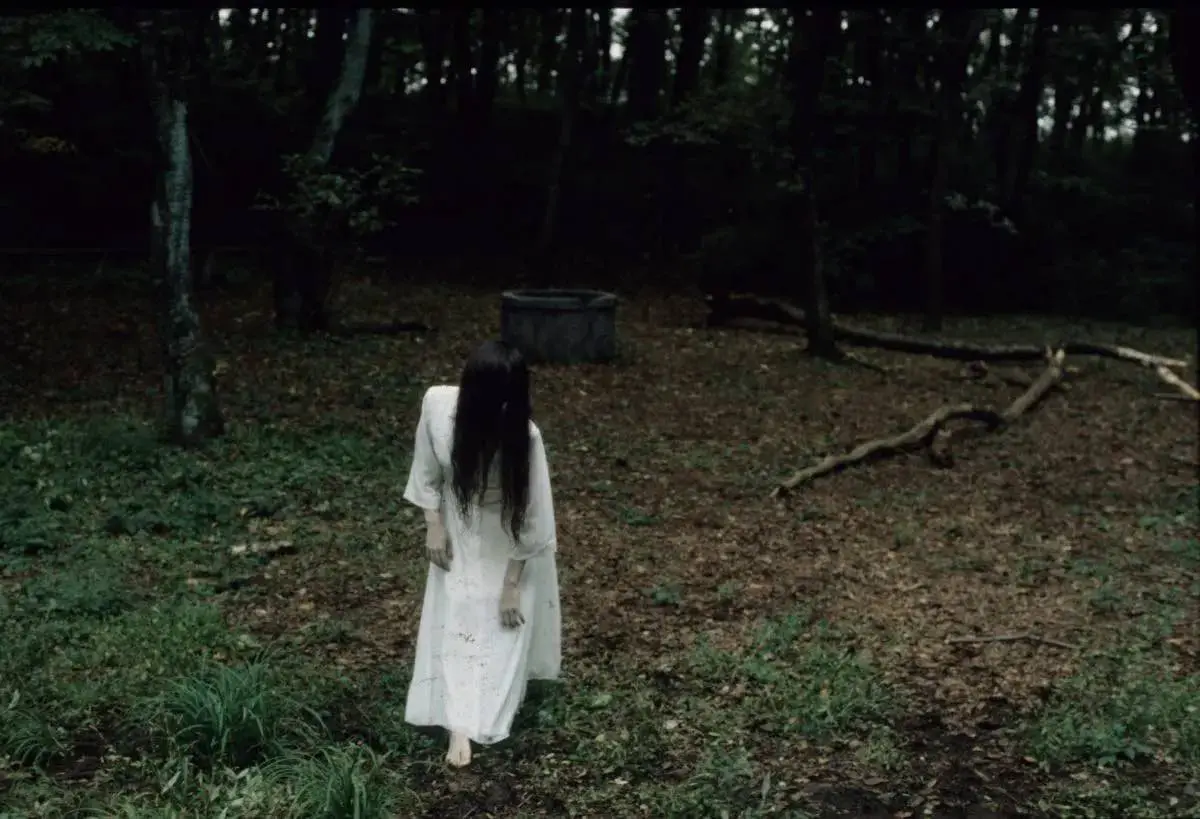
What’s The J-Horror Virus (2023) about?
Directed by Sarah Appleton and Jasper Sharp, The J-Horror Virus (2023) centers on reframing the term “J-Horror” not as a simple synonym for horror from Japan, but as a cinema movement that took place from the mid to late 80s and extended well into the 00s. During this time, a wave of creators explored more mundane themes like isolation, loneliness, and domestic conflicts through the supernatural. Using recognizable characters like the pale, black-haired vengeful woman reminiscent of old folk tales like Okiku or the story of Oiwa, they moved away from flashy scenes of monsters or jump scares. Instead, they focused on internal conflict and a pervasive sense of dread.
The documentary starts with the obvious talking points when it comes to J-horror, such as old folk tales about vengeful ghosts, scary summer stories, and festivities like Obon, where the line between the living and the dead becomes blurry. These topics are always welcomed, but it is refreshing to see Appleton and Sharp go beyond that. Through interviews with renowned J-Horror filmmakers like Kiyoshi Kurosawa, Takashi Shimizu, Mari Asato, and Chiaki Konaka, as well as candid testimonies from the actresses who portrayed Sadako and Kayako, the documentary provides a rich portrayal of the film industry at that time. It also allows filmmakers to discuss how local media shaped their craft—how old TV series impressed them despite their low production values and how the arrival of the VHS format allowed them to access Western classic films like The Exorcist (1973).
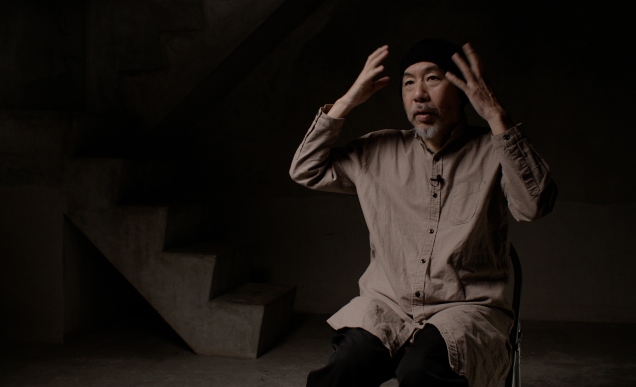
This point is precisely where The J-Horror Virus shines the most. Appleton and Sharp meticulously reconstruct the Japanese horror scene before the rise of J-horror. Western horror fans often focus on two key Japanese horror eras: the 60s and 70s, and then jump straight to the mid to late 90s with the release of Ringu. However, with a few notable exceptions like Guinea Pig (1989) and Shinya Tsukamoto’s Tetsuo: The Iron Man (1989), what was produced and released in between is often overlooked. The J-Horror Virus offers us a comprehensive look at this often-neglected period, filling in the gaps and providing a better understanding of the genre’s evolution.
For example, it is a treat to listen to Hiroshi Takahashi (Dark Water, 1998) expressing his jealousy of direct-to-video filmmakers, who had the freedom to create the kind of horror he and his friends, like Kiyoshi Kurosawa, wanted to make. While they were tied to the big studios’ perceptions of audience preferences—meaning more Hollywood-like horror—other directors, like Teruyoshi Ishii, were having fun creating films like Psychic Vision: Jaganrei (1988). It was only when Ringu became a phenomenon, transitioning from TV format to film, that others saw the potential of investing in domestic releases that explored a kind of horror more aligned with Japanese sensibilities. This shift not only facilitated the release of works like the Ju-on franchise but also sparked interest in other Asian countries to explore a kind of horror that could mesh perfectly with their own cultures. This new and refreshing style eventually appealed to Western audiences who were tired of splatter films and demented monsters of the 80s.

Final Thoughts
Indeed, this documentary’s framing and pacing might not be everyone’s cup of tea. Still, it is undeniably an archival gem for Western horror fans, especially those who love J-Horror. For someone wanting to conduct serious research on the topic without advanced knowledge of Japanese, relying solely on easily machine-translated materials like news articles can be limiting. Listening to these filmmakers directly is a privilege we shouldn’t take for granted. Appleton and Sharp had enviable access to these great figures and made the most of it. They asked the right questions and explored topics the average J-Horror fan would want to know about but never had the chance to ask.
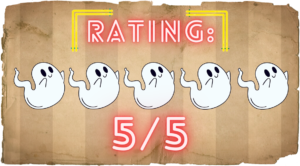
We watched J-Horror Virus (2023) at this year’s Nippon Connection Film Festival 2024

More Film Festival Coverage
Minore (2023) Film Review – Greek Sci-fi Horror [FrightFest]
Minore is a 2023 Greek sci-fi horror comedy, written and directed by Konstantinos Koutsoliotas, with additional writing from Elizabeth E. Schuch. Although mostly known as a visual effects artist who…
King Knight (2021) Film Review – A Coven Comes Undone
Showing as part of the 2021 FrightFest lineup, King Knight marks the fifth feature length film of Richard Bates Jr. Reuniting with fan favorite actor Matthew Gray Gubler, who appeared…
Cult of VHS (2022) Documentary Review: Love and Obsolete Media
In our modern times, with seemingly endless movie selections available at the touch of a button and in high definition quality, it seems crazy that anyone would anyone choose to…
The Unburied Film Review – Sins of the Father
Alejandro Cohen Arazi’s debut film The Unburied, was selected as part of the 2021 FrightFest lineup. Offering up a dive into a world of the occult built up through generations…
V/H/S/94 (2021) Film Review – Found Footage Series Back With Vengeance
When the first V/H/S film was initially released in 2012, its impact on the horror community was immediately felt, creating shocking scenarios presented in intimate detail through the found footage…
Bingo Hell (2021) Film Review – You Win, You Die!
There aren’t a lot of production studios left that are devoted to horror. The two big ones that come to mind for me are Sam Raimi’s Ghosthouse Pictures and Blumhouse….
Hi everyone! I am Javi from the distant land of Santiago, Chile. I grew up watching horror movies on VHS tapes and cable reruns thanks to my cousins. While they kinda moved on from the genre, I am here writing about it almost daily. When I am not doing that, I enjoy reading, drawing, and collecting cute plushies (you have to balance things out. Right?)
![Minore (2023) Film Review – Greek Sci-fi Horror [FrightFest]](https://www.grimoireofhorror.com/wp-content/uploads/2023/08/Minore-202310-365x180.jpg)

